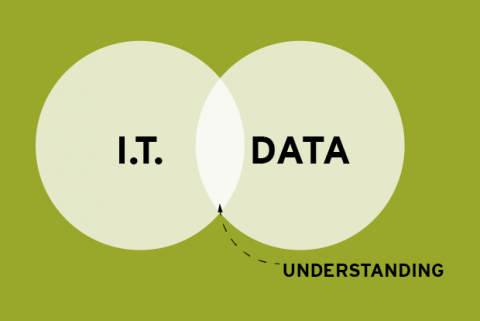The problem with big data analytics is that there’s simply too much data to process. Simply stuffing more and more of it into bigger and bigger repositories exposes the inability of businesses to extract the expected value from it. But help may be on the way, according to Tony Velleca, CIO of IT services firm UST Global.
“There is more data than people know how to deal with,” says Velleca. “Businesses are sitting on a mess of structured and unstructured data, but the amount of value they expected to get out of that data is far less than they are actually getting.” But don’t despair: “What I think we’ll literally see over the next 12 months is what we call deep learning,” Velleca says.
Keeping pace
IDG Enterprise’s 2015 Big Data and Analytics Survey of 1,139 IT decision makers found that more than half were already implementing data-driven planning projects or planning to do so in 2015. But they’re also having trouble keeping pace with ongoing data growth and managing unstructured information.
“Right now we’re limited by the human capacity to describe things with machine learning,” Velleca explains. With machine learning, he points out, teaching systems how to recognize pictures of cats, for example, requires humans to code characteristics such as pointed ears and the location of eyes. With deep learning, Velleca explains, “you send the system millions of pictures of cats and say ‘these are cats’ and millions of pictures of things that aren’t cats and let it know ‘these are not cats.’ And at the end of the day it builds its own model.”
Solving that ETL problem
Deep learning applications may range from cyber security, where Velleca says one company he’s worked with is realizing 20-30 percent better results detecting malware and is more resilient in recognizing threats not previously encountered, to automating ETL and eliminating much of the manual efforts required to define data models.
As CIO, Velleca is also responsible for strategic partnerships and has a unique opportunity to integrate with and help drive the business. His role also affords early insights into new avenues of innovation, including new ways to exploit data.
That was instrumental in UST Global’s development of a new cybersecurity company, Cyber Edge, staffed with active Israeli Intelligence security experts.
Starting from scratch
In his role as CIO he was constantly approached by security solutions providers. “It was confusing and the costs were adding up with new solutions, so what we did was take a plain sheet of paper and describe everything we wanted from a security service standpoint.”
The goals were to develop services based on behavior and advanced analytics. “Once we figured it out out internally, we tested a lot of products internally and then we created this service offering around that.”
An advantage of working for an IT services company is the opportunity to explore the leading edge. “We’re early adopters of technology and we use that to create service offerings,” he says. “I can train our teams on our environment and we can use our environment as showcases, to demonstrate we’re walking the talk.”







